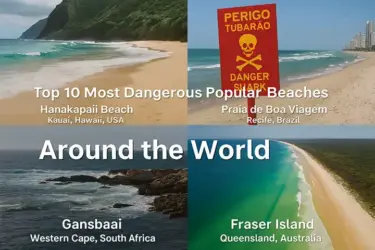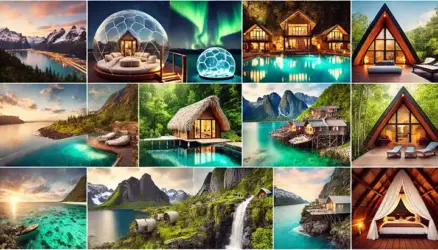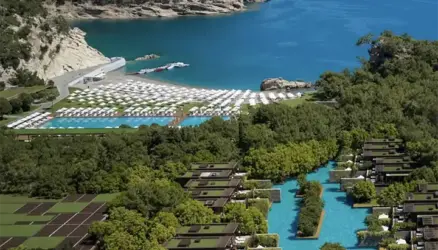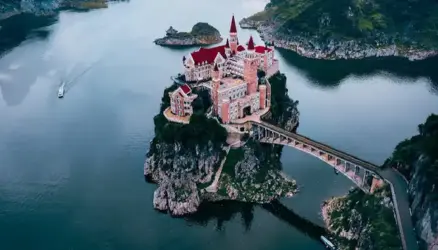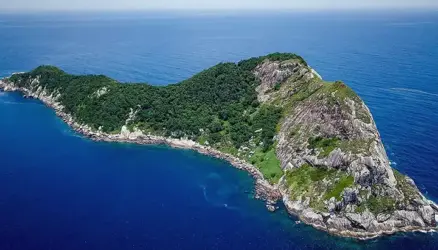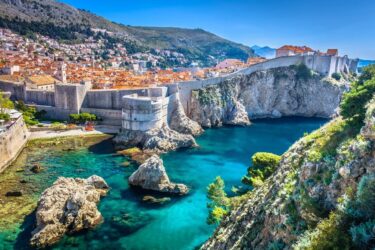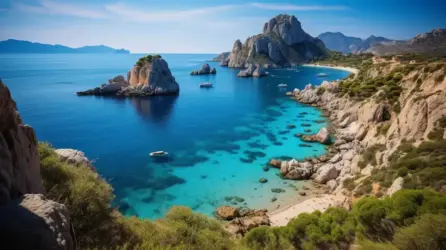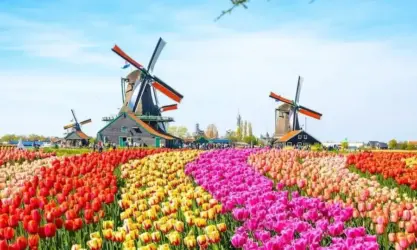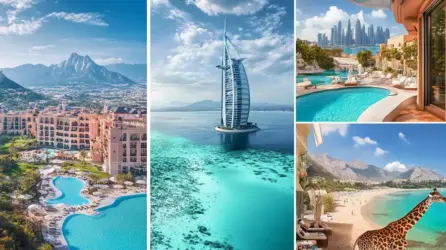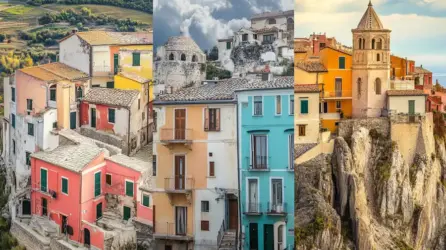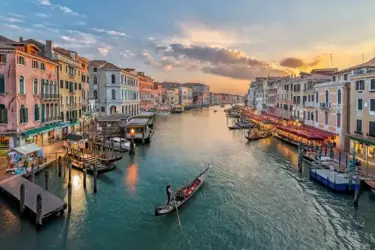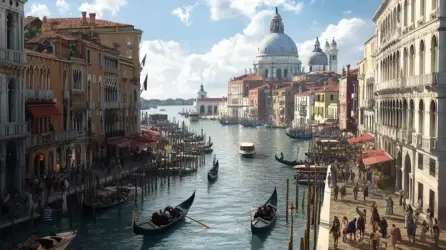Vietnam’s Enchanting Bays: A Tale of Ha Long Bay and Lan Ha Bay
Ha Long Bay, a UNESCO World Heritage site located in northeastern Vietnam, is one of the most popular vacation spots in the world and a quintessential destination for any travel enthusiast. Known for its emerald waters and thousands of towering limestone islands topped with rainforests, Ha Long Bay offers a surreal landscape that appears as if it has been lifted from a storybook. This iconic bay is not only a place of immense natural beauty but also a haven for cultural and recreational activities that attract millions of visitors each year.
The Ethereal Beauty of Ha Long Bay
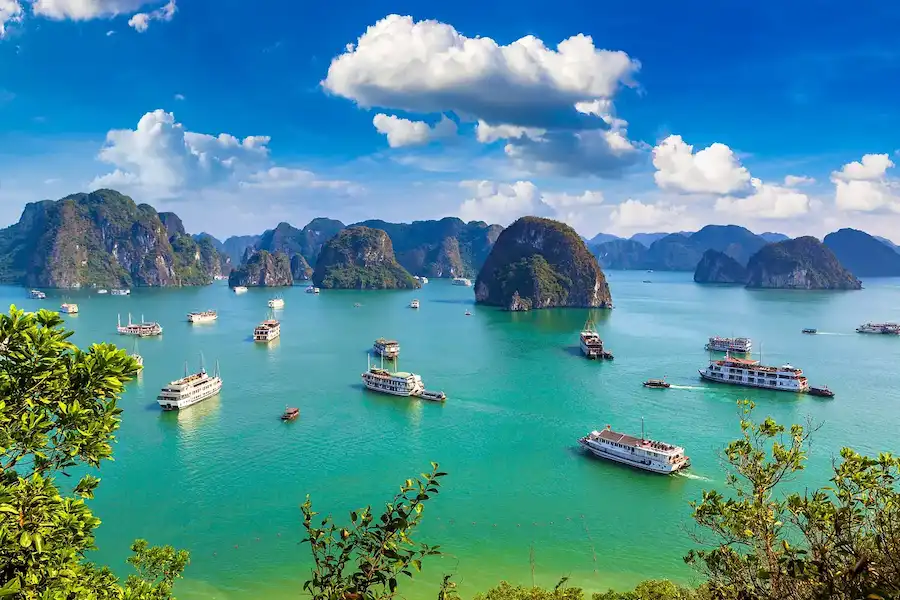
Stunning Natural Scenery
Ha Long Bay spans an area of around 1,553 square kilometers and is home to approximately 1,600 islands and islets, most of which are uninhabited. These limestone karsts, formed over millions of years, are the result of a complex geological process involving the effects of the tropical wet climate and the slow tectonic down-warping. The bay’s landscape is a breathtaking sight, with pillars of stone surrounded by crystal-clear waters that change hues with the sky’s reflection.
Biodiversity and Environmental Significance
The area’s diverse ecosystems, including coral reefs, freshwater swamp forests, and dense mangrove forests, support an abundance of wildlife, making it a critical site for biodiversity within Vietnam. Ha Long Bay has been recognized for its ecological diversity as well as its geological and geomorphological value.
Exploring Ha Long Bay
Cruise Adventures
Exploring Ha Long Bay by boat is a must-do activity. Visitors can choose from day cruises or overnight boat tours that offer a closer look at the stunning limestone formations, including visits to caves and grottoes like Hang Sung Sot (Surprise Cave) and Đầu Gỗ Cave. These cruises often include activities such as kayaking around the islands or swimming in the bay’s clear waters.
Cat Ba Island
The largest of the bay’s islands, Cat Ba offers a variety of natural sites including its own national park, which is a biosphere reserve hosting several endangered species and a wide range of biodiversity. Trekking and cycling are popular activities, offering another dimension to the Ha Long Bay experience.
Cultural Insights and Local Life
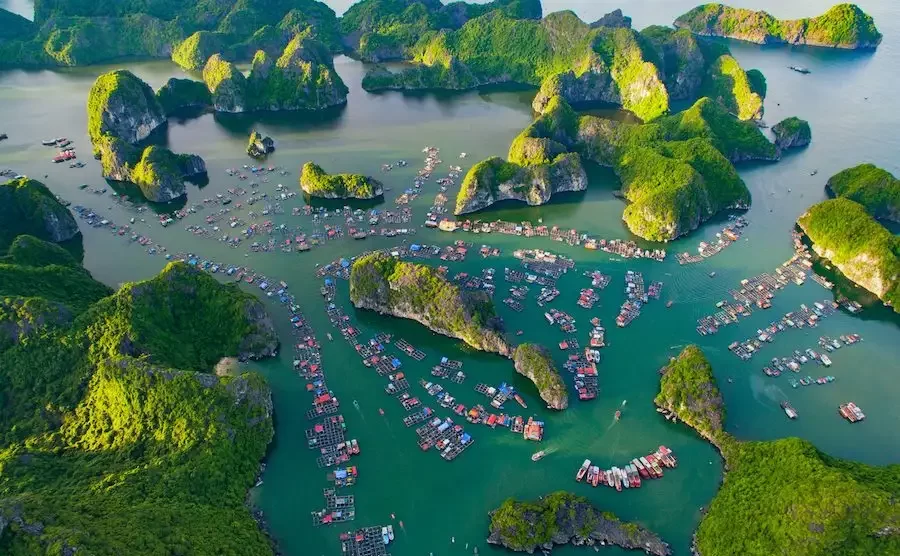
Floating Villages
The bay is also famous for its floating villages, such as Cửa Vạn and Vung Vieng, where communities have been established on floating homes. Visiting these villages provides insight into the traditional lifestyles of the fishermen and their families who live in the bay, relying on the rich waters for their livelihood.
Local Cuisine
Seafood is a staple of the local cuisine, and a trip to Ha Long Bay is incomplete without trying freshly caught seafood, prepared in traditional Vietnamese styles. Dining in Ha Long Bay is not only about the taste but also enjoying the scenic views of the bay.
Visitor Information and Sustainability
Best Time to Visit
The best time to visit Ha Long Bay is during the spring (March to May) or fall (September to November) when the weather is most favorable — mild temperatures and clear skies.
Conservation Efforts
Preserving the delicate ecosystem of Ha Long Bay is paramount. Visitors are encouraged to engage with responsible tour operators who observe environmental guidelines designed to minimize impact and sustain the natural beauty of the bay.
A Must-Visit Natural Wonder
Ha Long Bay remains one of the most beautiful places in the world and a top destination for those seeking a mix of natural beauty, adventure, and cultural immersion. Whether you are cruising through the bay, exploring its islands, or sampling the local cuisine, Ha Long Bay offers an unforgettable experience that epitomizes the beauty of Vietnam.
For more insights on Vietnam, explore the urban bustle of its cities, discover the Golden Bridge, marvel at the majestic rice terraces, and don’t miss trying the must-try Vietnamese foods.

